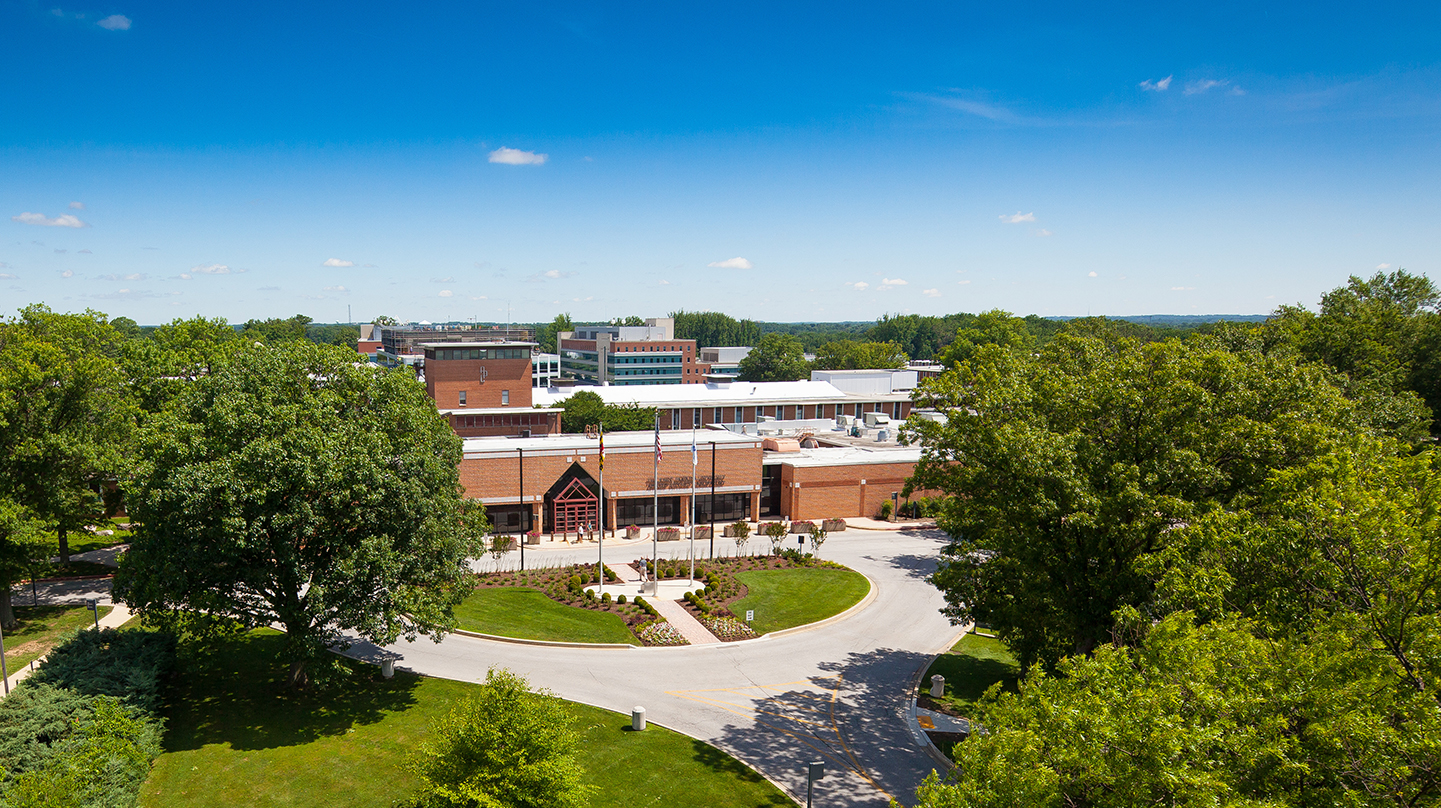News
Johns Hopkins APL Strives for Net Zero Emissions in New University-wide Climate Action and Sustainability Plan
The Johns Hopkins Applied Physics Laboratory (APL) will play an integral role in Johns Hopkins University’s new blueprint to reduce emissions and address its full environmental footprint.
Announced Oct. 11, the university’s Climate Action and Sustainability Plan (CASP) includes 10 bold goals, plus dozens of specific objectives and key actions to make the plan a reality.
CASP embodies JHU’s “One University” focus by linking efforts across all schools and divisions in the pursuit of a healthier and more sustainable future for all. Twenty of the plan’s 24 objectives and more than half of the key actions involve APL, and the Laboratory has committed to delivering on these within the next decade.
“For APL, this plan means we now have a roadmap for transforming our facilities over the next 10 years,” said Liz Egan, APL’s sustainability program manager. “That transformation is going to look like a reduction in carbon emissions, improved stewardship of our waste, more opportunities for staff to be green in their work, and a more sustainable community for all of us.”
Work to shape CASP has been close to three years in the making — bringing together stakeholders and subject-matter experts from JHU and its affiliates, advisory groups and community members.
Lab-wide Effort
Among the ambitious action items mapped out in CASP, APL will work toward purchasing 100% renewable energy, achieving 50% waste-stream diversion by 2030, minimizing single-use plastics in cafeteria spaces, implementing a sustainable procurement process, and electrifying its fleet of vehicles.
APL is also aiming for net zero emissions by 2040, which Egan described as a “huge undertaking with significant impacts.”
These sustainability measures are expected to impact operations and staff members across the Laboratory, and APL’s Business, Construction and Facilities Department (BCFD) will lead the way with implementation.
“BCFD is focused on delivering excellent services to the Laboratory,” said Minh Huebner, head of BCFD and APL’s chief financial officer. “With these new goals and targets, we will continue to integrate sustainability into how we deliver those services for a more resilient and environmentally conscious campus.”
Huebner said all APL buildings are now equipped with technology to meter energy usage — an instrumental upgrade that will provide accurate data to help implement an energy-management protocol.
She also noted her excitement for shifting APL to electric vehicles and finding ways to reduce waste in dining spaces around the Laboratory. Some of that work is already in progress. During the first six months of APL’s compost program last year, 6.7 tons of material were composted, and Egan forecasted that figure will quadruple in 2024.
“We are thrilled to play a role in JHU’s plan,” Huebner said.
Some of the changes, such as those previously mentioned, will be visible to nearly everyone in the APL community, but others will be undetectable to most. Even those are expected to have great impact.
“Sustainability is really in the trenches of facilities management and energy management,” said Egan. “There is a lot that happens behind the scenes.”
Some CASP initiatives align with sustainability measures required by evolving legislation, while many go further to reinforce APL’s role as a responsible steward of its environment and to preserve its space for future generations. The measures are also mindful of the critical nature of the Laboratory’s sponsor-driven work, particularly keeping facilities running efficiently to ensure timely and effective results.
“Sustainability is just smart business,” Egan added. “It saves money while making the organization leaner and more efficient.”
Climate Research
Beyond the steps to reduce APL’s carbon footprint and bolster sustainability, APL is also partnering with JHU on climate research.
“The Climate and Sustainability Plan points to more commitment from the university in growing climate research to understand how Earth systems are changing and how those changes will impact things like infrastructure, power systems and human health,” said Marisa Hughes, an APL researcher who leads climate intelligence at the Lab.
“Climate research and collaboration will also let us develop greener systems that can operate anywhere, under any conditions,” she said. “That’s what will be absolutely critical for national security.”
Hughes provided her expertise on the CASP committee tasked with assessing climate-related research challenges — noting that working together across JHU’s affiliates and partners will be critical to realizing the action items the team outlined.
APL is actively collaborating with JHU to develop tools and technologies that can help mitigate and adapt to climate change impacts on national security. Some of those efforts include creating a biomanufacturing system that could create food from air, using artificial intelligence to better understand climate tipping points, and modeling the cascading relationship between heat waves and drought. APL and JHU have also partnered on Discovery Awards to study food systems, power grids and coastal resilience.
